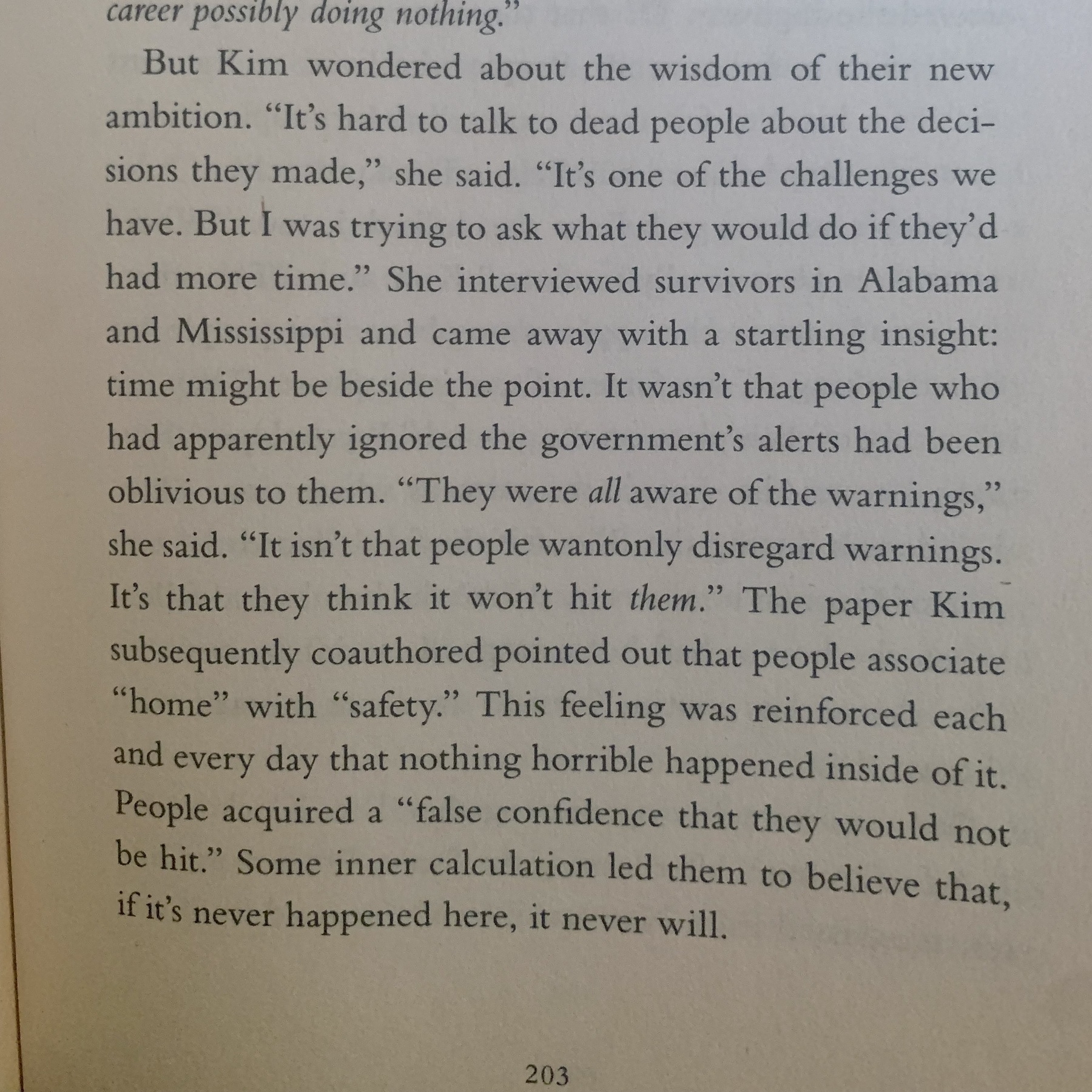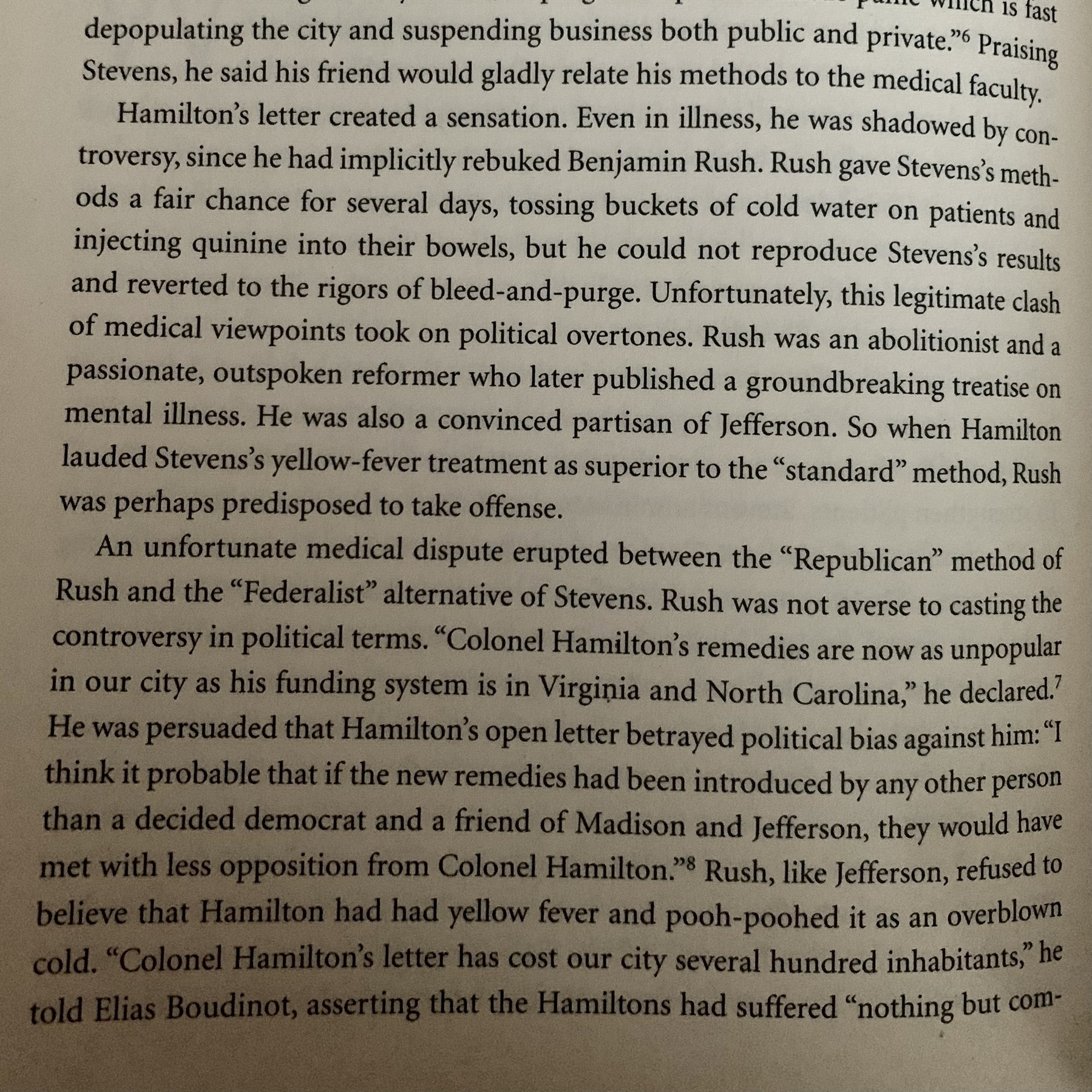
Finished reading: Craft Coffee: a Manual by Jessica Easto 📚
Re-reading each time I change how I make coffee: from AeroPress (early 2010s) to a Moka pot (late 2010s) to an ECM Synchronika espresso machine (yes, a pandemic purchase) to, currently, manual pour-over with Ratio 8.

Currently reading: Craft Coffee: a Manual by Jessica Easto 📚
Read this a while back, but always good to have a refresher.
- Counter Culture Hologram Medium Roast
- Baratza Virtuoso (now obsolete) at 17
- Ratio 8 with Chemex filter
- Gooseneck kettle, 96°C
- 50gm coffee to 850 gm H2O
- ☕️

Finished reading: Checkpoint Charlie by Iain MacGregor 📚
Stories of the Berlin Wall, told through interviews with (mostly Westen) contemporaries, ranging from suspensful to the mundane, meant not to offend anyone, not even the Soviets. It’s an achievement of sorts, I guess.

Finished reading: Genius by James Gleick 📚
The temptation for scientists' biographers is delving too deep into their work, and not their life or process. Feynman himself gave a good account of the work, and Gleick does a great job with the life. The process remains a mystery.
Never apologize, never explain.
Those who care don’t matter,
Those who matter don’t care.
I thought I saw this mashup of two sayings in a Neil Gaiman book (American Gods?), but for the life of me I can’t find it phrased quite like that anywhere online. Did I imagine it?

Want to read: On Bullshit by Harry G. Frankfurt 📚
Planning to re-read in light of the impending AI-driven explosion of BS, or AIDEBS. Certain areas of human activity have always more prone to BS generation, but it has slowly seeped everywhere. Time to fight it.

Finished reading: The Fifth Risk: Undoing Democracy by Michael Lewis 📚
Anecdotes about federal employee life which don’t amount to much data, but do paint a bleak picture of figthing the buearacracy within and the doubters without for little to no recognition.
Fooled by randomness, tornado edition (from The Fifth Risk by Michael Lewis) 📚


Finished reading: Alexander Hamilton by Ron Chernow 📚
Three remarkable achievements here: Hamilton’s for having lived the life he did, Chernow’s for assembling his remarkable tale, and Miranda’s for distilling and rearranging it into a Shakespearean work of art. Will read again.
In the late 1700s, America’s founding fathers had a fight over the best treatment for yellow fever, then sweeping though Philadelphia. Republicans preferred bloodletting and purges; Federalists took a more conservative approach.
If it’s any consolation, the country survived.
